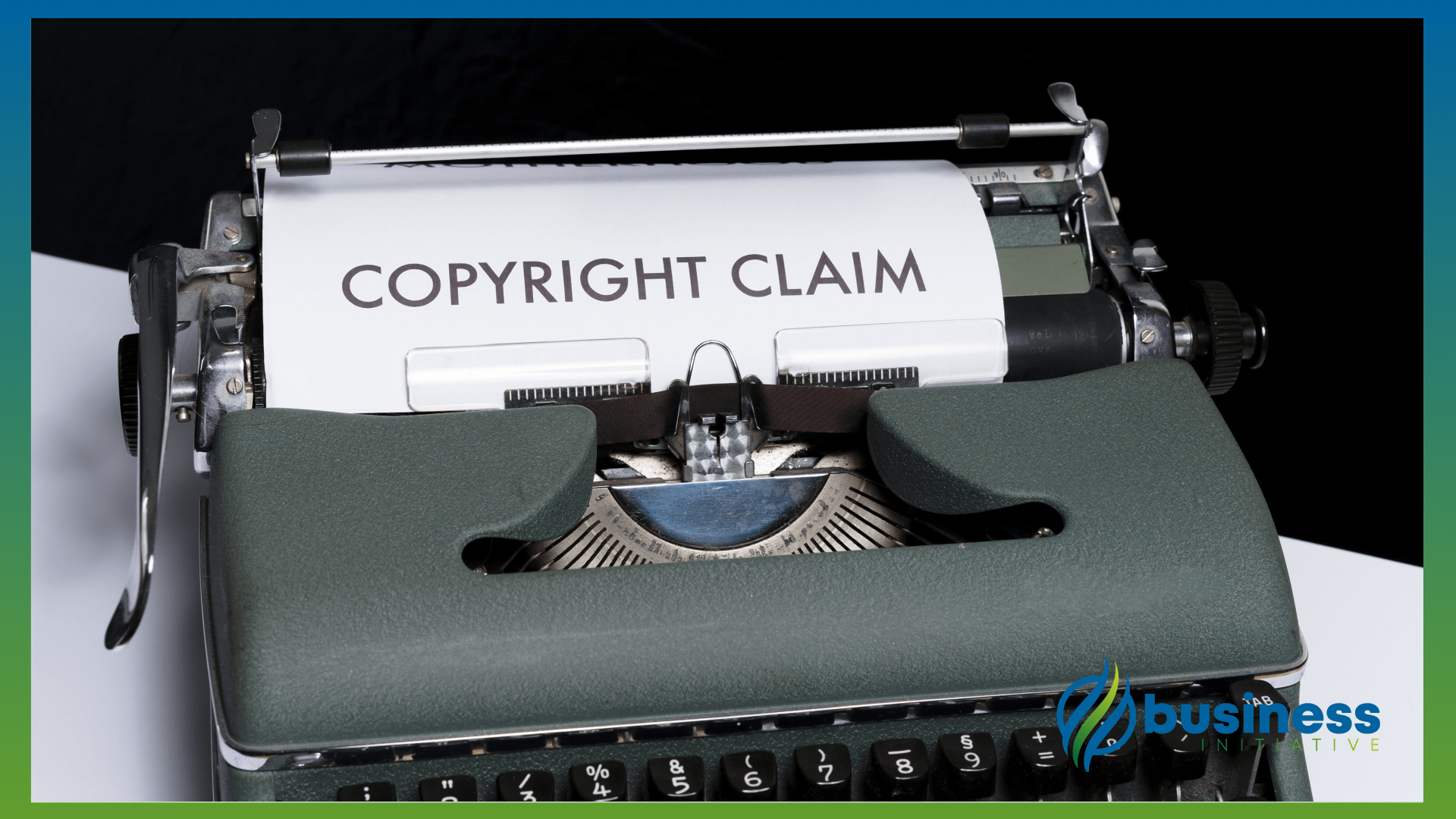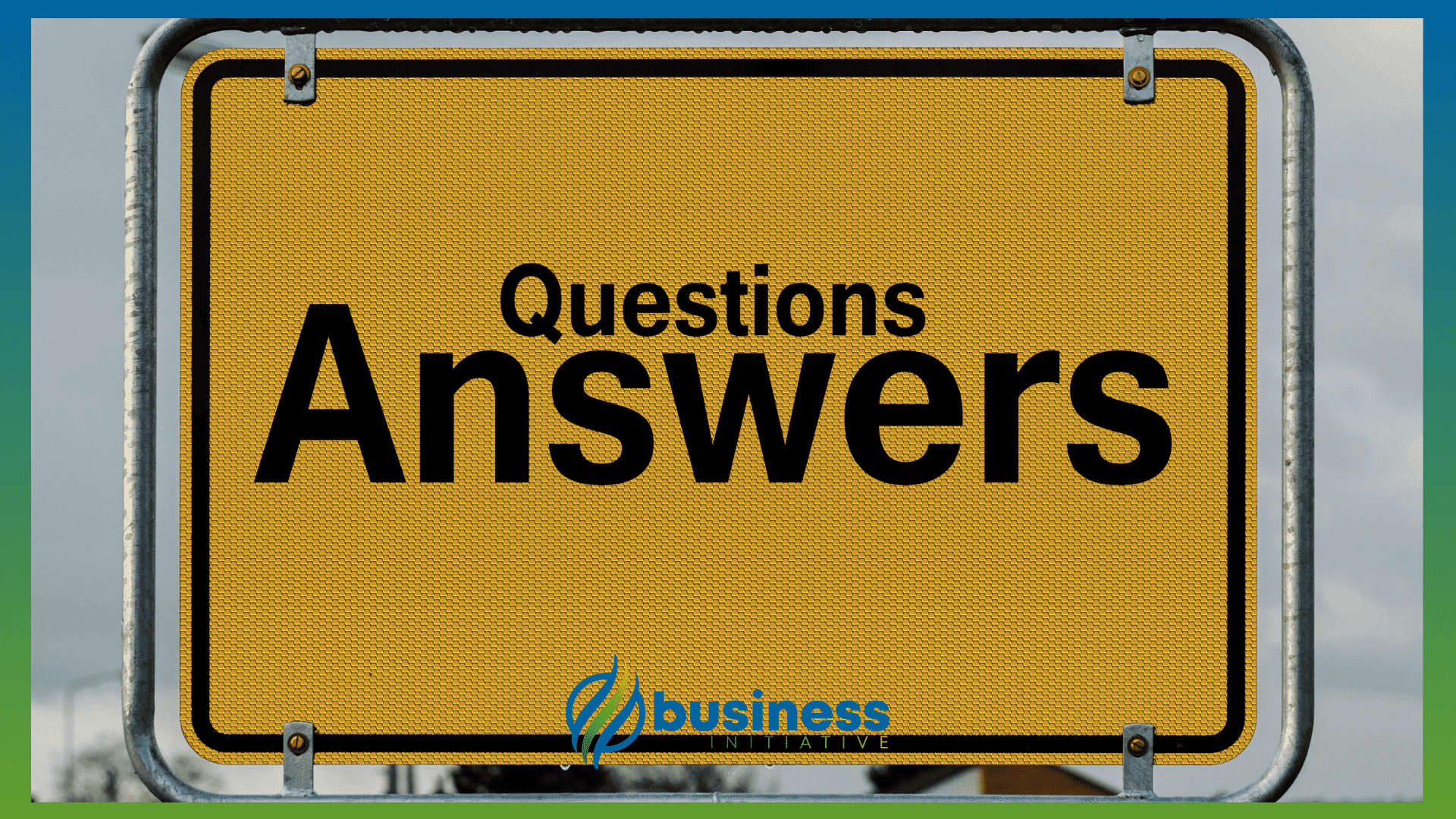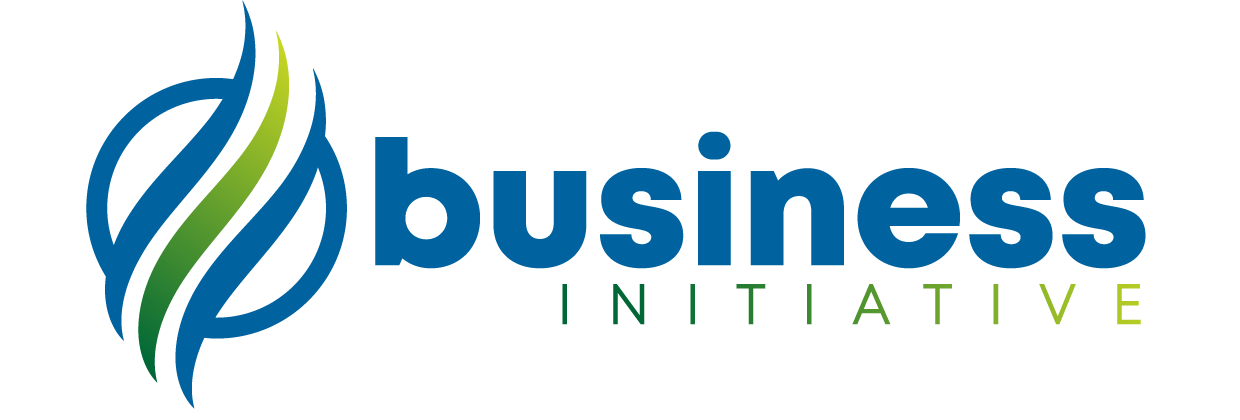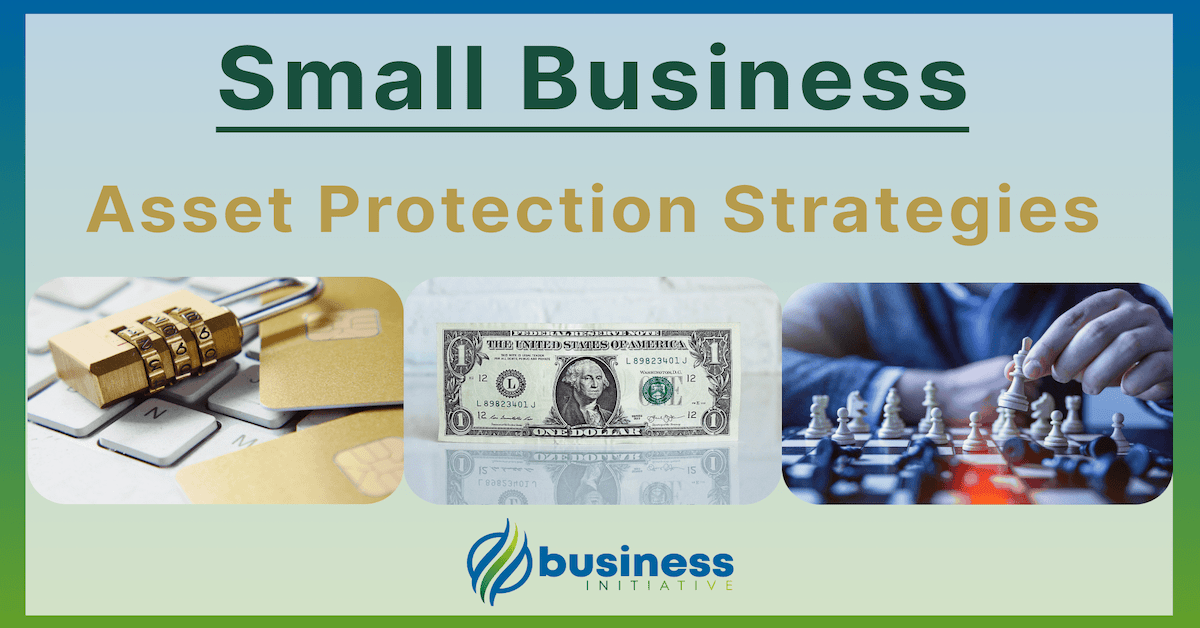In today’s highly competitive and litigious business environment, it is crucial for business owners to safeguard their investments and protect their assets.
 Key Takeaways
Key Takeaways
- Form an LLC to protect personal assets from business liabilities.
- Purchase tailored insurance policies for your business needs.
- Keep accurate financial records and separate personal and business finances.
- Implement strong cybersecurity measures to protect sensitive data.
- Consult with experts to create a personalized asset protection plan.
Securing a company’s assets can not only ensure the longevity of the business, but also provide peace of mind for entrepreneurs.
Below, we discuss the major assets of businesses, why they should be protected, and the best practices to you can start implementing today to gain a competitive edge.
 Table of Contents
Table of Contents
What is Asset Protection?
Asset protection refers to a set of legal and financial strategies that individuals and businesses use to protect their assets from potential risks, such as lawsuits, bankruptcy, or divorce.
These strategies can include everything from insurance policies to estate planning tools, such as trusts.
The Importance of Protecting Your Business’s Assets
Business owners dedicate significant time, effort, and resources to build their companies, and their assets often represent the fruits of their labor.
These assets can be both tangible, such as real estate and machinery, and intangible, such as intellectual property and brand reputation.
Benefits of Asset Protection
Asset protection offers several benefits for individuals and businesses. These include:
- Reduced risk of financial loss due to unforeseen events
- Improved financial privacy
- Greater control over how assets are distributed
- Reduced tax liabilities
Protecting assets is necessary in various situations, including potential lawsuits, financial crises, or even personal life changes.
Regardless of the circumstances, asset protection strategies can help business owners preserve their wealth and maintain control over their companies.
Types of Asset Protection
There are several types of asset protection strategies that individuals and businesses can use to protect their assets.
These include:
- Insurance: Insurance policies, such as liability insurance, can help protect against potential losses from lawsuits or other legal judgments.
-
Business Entities: Structuring a business as a limited liability company (LLC) or corporation can protect personal assets from business liabilities.
- Trusts: Trusts, such as asset protection trusts, can help shield assets from creditors and other potential threats.
- Estate Planning: Proper estate planning can help ensure that assets are distributed according to an individual’s wishes and can also minimize tax liabilities.
What is an asset protection trust?
An asset protection trust is a legal arrangement designed to protect assets from potential creditors or legal judgments.
It is typically set up by an individual or business owner who wants to safeguard their wealth from unforeseen events that may put their financial stability at risk.
How Does an Asset Protection Trust Work?
Asset protection trusts work by transferring ownership of assets to the trust, which is managed by a trustee.
The trust then holds the assets on behalf of the beneficiary, who is usually the person who created the trust.
By doing this, the assets are shielded from creditors and legal judgments, as they are no longer owned by the individual or business.
Types of Asset Protection Trusts
There are two main types of asset protection trusts:
Domestic and Offshore
Domestic asset protection trusts are created within the United States, while offshore asset protection trusts are established in foreign jurisdictions.
Each type has its own advantages and disadvantages, depending on the specific needs and circumstances of the individual or business.
Benefits of Asset Protection Trusts
Asset protection trusts offer several benefits for individuals and businesses looking to protect their wealth. These include:
- Protection from potential creditors and legal judgments
- Improved financial privacy
- Reduced estate taxes
- Greater control over how assets are distributed after death
Major Business Assets and Why They Should Be Protected
1. Tangible Assets:
- Buildings,
- Land,
- Machinery,
- Equipment,
- and Inventory

Tangible assets are crucial for daily business operations and often represent a significant portion of a company’s value.
Protecting these assets can ensure business continuity and prevent financial losses from theft, damage, or other unforeseen events.
2. Intangible Assets:
- Intellectual Property,
- Trade Secrets,
- and Brand Reputation

These are critical for a company’s competitive edge and long-term success.
Ensuring the proper protection of these assets can prevent loss of valuable information, safeguard proprietary technology, and maintain a positive brand image.
3. Financial Assets:
- Cash,
- Investments,
- and other Financial Instruments

Valuables like these are vital for a company’s liquidity and overall financial health.
Protecting these assets can help entrepreneurs maintain their companies’ solvency, weather economic downturns, and plan for future growth.
Common Situations Where Business Assets May Be at Risk
Lawsuits

In a litigious society, businesses are often exposed to potential lawsuits from various sources, including employees, customers, competitors, or even government regulators.
In a notable case, video conferencing platform Zoom faced a class-action lawsuit over alleged privacy and security flaws.
This case highlights the importance of implementing asset protection strategies to safeguard a company’s financial and intangible assets from potential litigation.
Financial Crises
Economic downturns, like the 2008 financial crisis, can significantly impact businesses’ financial health and put their assets at risk.
Business owners should implement asset protection strategies to ensure their companies can weather economic storms and maintain their operations.
Personal Life Changes
Divorce, bankruptcy, or other personal life events can put business assets at risk.
A prominent example of this occurred when oil tycoon Harold Hamm’s divorce led to a multi-billion-dollar settlement, which involved dividing the assets of his business, Continental Resources.
Implementing asset protection strategies can help shield business assets from being affected by personal life changes.
Best Practices to Protect your Assets
1. Separate Personal and Business Assets:
Establishing a legal entity, such as a corporation or limited liability company (LLC), can create a clear separation between personal and business assets, protecting personal wealth from potential business liabilities.
2. Obtain Adequate Insurance:
Purchasing comprehensive insurance coverage, including general liability, property, and professional liability insurance, can protect business assets from potential losses due to theft, damage, or lawsuits.
3. Safeguard Intellectual Property:
Registering patents, trademarks, and copyrights can protect a company’s intellectual property from potential infringement, ensuring the exclusive use and financial benefits of their creations.
4. Implement Strong Security Measures:
Investing in robust physical and digital security systems, employee training, and a solid cybersecurity infrastructure can prevent theft, data breaches, and other security incidents that could jeopardize business assets.
5. Establish an Asset Protection Trust:
Creating an asset protection trust can provide an additional layer of defense for business and personal assets, shielding them from potential lawsuits and other threats.
In Conclusion…
Protecting your business assets is a crucial aspect of long-term success and financial security.
By following the strategies outlined in here, you can minimize risks, navigate today’s complex business landscape, and safeguard your hard-earned investments.
If you’re ready to take the next step in securing your business assets, schedule a free call for expert guidance on registration and tailored business consulting.
Don’t leave your company’s future to chance…
Contact us today to ensure its continued growth and prosperity.
FAQs - Frequently Asked Questions About Protecting Your Business Assets

What is asset protection?
Asset protection is a set of legal and financial strategies to protect assets from potential risks like lawsuits or bankruptcy.
Learn More...
Asset protection refers to a set of legal and financial strategies that individuals and businesses use to protect their assets from potential risks, such as lawsuits, bankruptcy, or divorce.
These strategies can include insurance policies, estate planning tools like trusts, and creating separate business entities like LLCs or corporations.
The goal is to safeguard assets against unexpected risks while ensuring peace of mind and financial stability.
Why is protecting business assets important?
Protecting assets ensures a company's long-term success and shields business owners from financial losses.
Learn More...
Business owners dedicate significant time, effort, and resources to build their companies, and their assets often represent the fruits of their labor.
These assets can be tangible, such as real estate and machinery, or intangible, like intellectual property and brand reputation.
By protecting business assets, owners can prevent disruptions to operations, avoid financial losses, and secure their investments.
What are the benefits of asset protection?
Asset protection reduces financial risk, enhances privacy, and provides control over asset distribution.
Learn More...
Asset protection offers several benefits for individuals and businesses, including reduced financial loss due to unforeseen events.
It can also provide improved financial privacy and control over how assets are distributed, whether during one's lifetime or after death.
Proper protection strategies can minimize tax liabilities while ensuring assets remain secure even in the face of potential lawsuits, financial crises, or personal changes.
What is an asset protection trust?
An asset protection trust shields assets from potential creditors or legal judgments by transferring ownership to a trustee.
Learn More...
An asset protection trust is a legal arrangement designed to protect assets from potential creditors or legal judgments.
It works by transferring ownership of assets to a trust, which is managed by a trustee and held on behalf of the beneficiary.
This shields the assets from creditors and legal judgments because the individual or business no longer directly owns them.
These trusts can be created domestically or offshore, each offering unique benefits and considerations.
How can businesses protect their tangible assets?
Ensure tangible assets like buildings and equipment are insured, maintained, and secured against loss.
Learn More...
Tangible assets such as buildings, machinery, and inventory are crucial for daily business operations and represent a significant portion of a company's value.
To protect these assets, businesses should invest in insurance policies, maintain them regularly, and implement robust physical security measures.
This ensures business continuity and prevents financial losses from theft, damage, or other unforeseen events.
What are some best practices for protecting business assets?
Separate personal and business assets, secure insurance, safeguard intellectual property, and establish trusts.
Learn More...
- Separate personal and business assets by forming a legal entity like an LLC or corporation.
- Purchase comprehensive insurance coverage, including liability and property insurance, to protect against financial losses.
- Register patents, trademarks, and copyrights to safeguard intellectual property and trade secrets.
- Establish asset protection trusts to shield assets from potential lawsuits and legal judgments.
- Invest in cybersecurity and physical security measures to prevent data breaches and theft.
What are common situations where business assets may be at risk?
Business assets may be at risk due to lawsuits, economic crises, or personal changes like divorce.
Learn More...
Business assets may be at risk due to lawsuits from employees, customers, or regulators.
Economic crises, like the 2008 financial crash, can significantly impact financial health and put assets at risk.
Personal changes, such as divorce, can also jeopardize business assets if they are not adequately protected.
Implementing comprehensive asset protection strategies can help shield assets in any of these situations.
Sources
- Forbes: Zoom Sued For Allegedly Failing To Disclose Privacy, Security Flaws
- New York Times: Lehman Files for Bankruptcy; Merrill Is Sold
- Wall Street Journal: Oil Tycoon's Divorce Settlement Nears Record
- Investopedia: Asset Protection Trust
- Forbes: Asset Protection Trusts: A Valuable Estate Planning Tool


